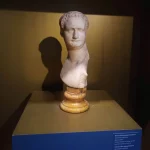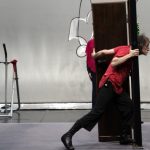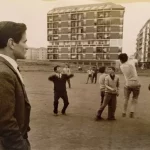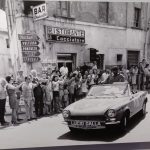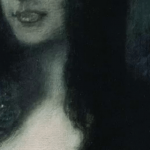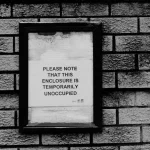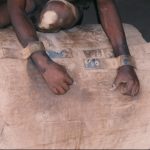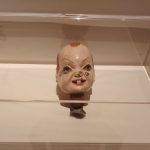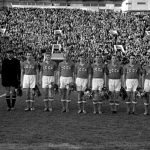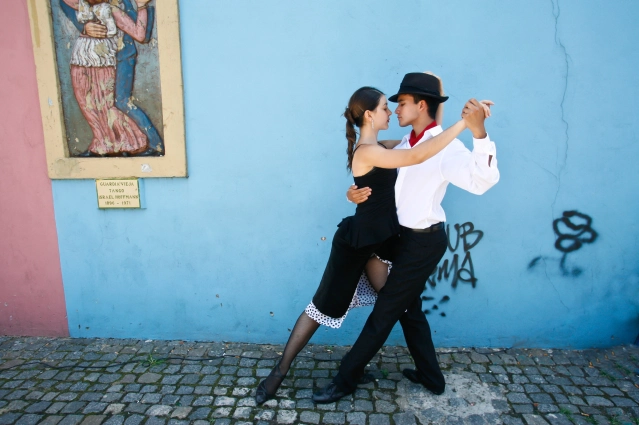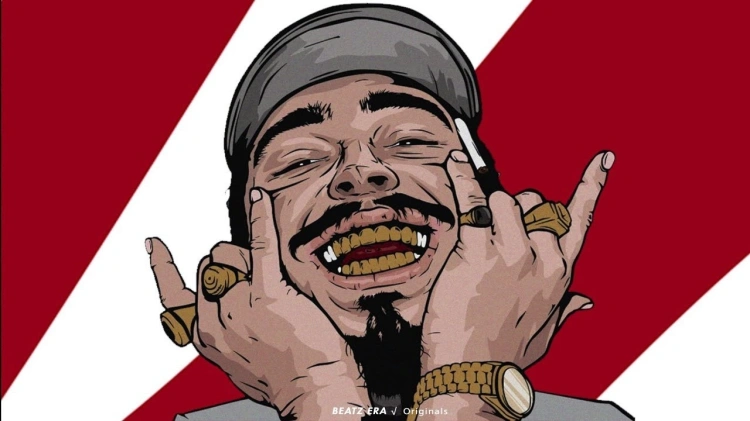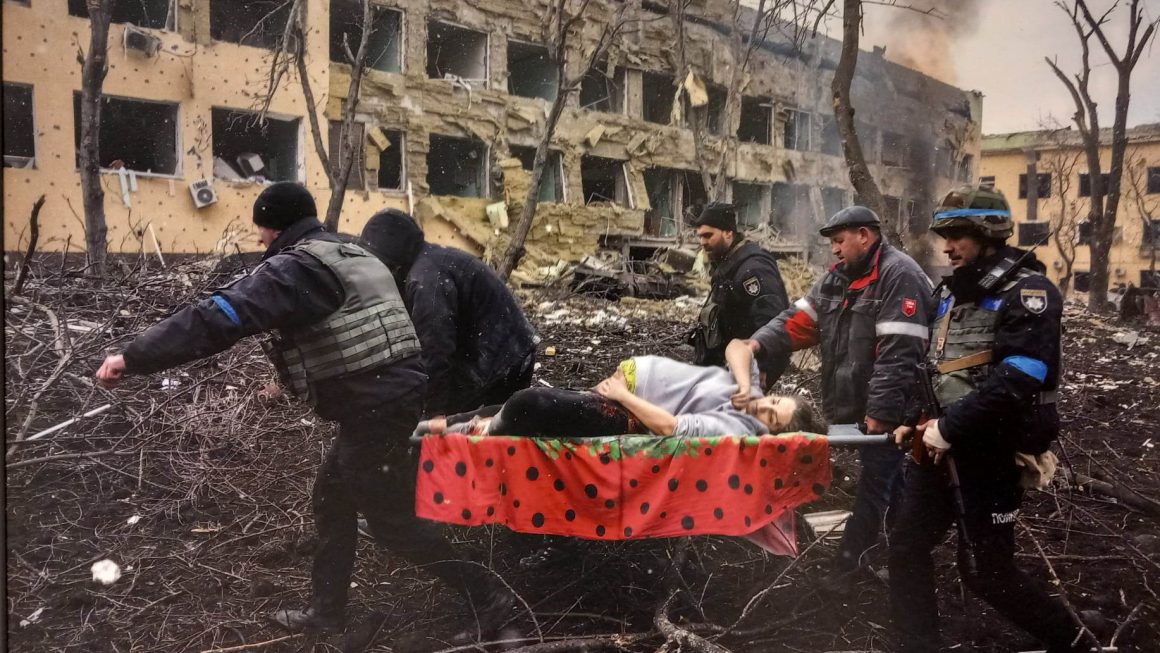Tango was inscribed in 2009 on the Represantative List of the Intangible Cultural Heritage of Humanity. It’s commonly considered Argentinian, but we need to clarify a few things. It’s actually platense, from the mouth of Rio de la Plata, region shared between Argentina and Uruguay; it was born as a fusion of different sounds, rhythms and traditions from South America, Caribbean, Africa and even Europe; as a matter of fact, the current variations of this dance had been “cleaned up” by the Old Continent parlors – especially Paris. Only after these operations, tango came back to its original places and was finally accepted by the local bourgeoisie.
Until the first decades of XX century, middle classes didn’t tolerate the obscenity of tango, also stigmatized by the Vatican. Pope Pious X invited two tango dancers and although he didn’t personally find any reason to complain, the higher spheres of clergy labeled tango as scandalous. Basically, the same opinion of the rich people from Río de la Plata. Furthermore, it was danced by men only, who tried to show their alpha male abilities before inviting a lady – rigorously after a payment.

Tango has its roots in the orillos, the inner city where European immigrants, former slaves and gauchos who left the countryside coexisted. That’s where gloomy histories and experiences mingled, giving life to a new sonority, a blend of Cuban habanera, Platine payada, African-Uruguayan candombe. Milonga is born as a first synthesis of these elements, tango is a variation developed since the second half of the XIX century, practiced in the conventillos – the courtyards in working-class housing – or in the peringundìn (the brothel). Lunfardo is the slang, another mix of Spanish, Italian, French, English and German.
The firs turning point is in 1910. The so-called guardia vieja (the old guard, or old school) goes to Europe and obtains a good success – some criticism as well, but that was predictable. It just needs to be polished a little bit, to be made more elegant. And it’s not an easy work. Tango’s essence, its philosophy, lays in the past of the disenfranchised masses, of the immigrants who hoped to make a fortune in that area, of the released slaves, in the difficulties of being accepted by the local population, in their vulnerability. “Tango is a sad thought that can be danced”, the composer and director Enrique Santos Discépolo used to say.

Thanks to Angel Villoldo, who exported tango overseas, Paris replaced Buenos Aires and introduced some innovation. Tango loses some of its nature, becoming admissibile: no more improvisation, no more relations with the barrio (the neighborhood), less sexual content. Tango is no longer associated with lower classes or local festivals, it makes the entrance in the finest dance floors. Tango nuevo (new tango) is born.
Tango is ready to go back to South America and its regenerated fortune is also related to the political situation. A series of golpe lead to populism and justicialism in Argentina, right before Peronism. The Nation lives a phase of classism which affects the public opinion on tango. Finally, everybody agree on Astor Piazzolla and his avant-gardist movement, who gives back some of that distinctive improvisation. The rest is well-known history.
Only one crucial doubt remains: the etymology of the word “tango”. It wasn’t invented from nothing, it was in dictionaries at the beginning of XIX century already, but it indicated a game in which, with a disk or a bone, the player had to aim at a coin placed on a cylinder put 20 meters far away.

There are many assumptions: it could have been a word used by the African slaves to indicate the closed space in which they were squashed when transported to America; the French term for the “rolling” of the same ships; the Portuguese-Creole word to define the slave merchant; the locals where black people gathered together to sing and dance; the Latin word tangere, to touch, for the contacts in this dance; the onomatopoeia of the drums.
Just a little mystery which contributes to increase the fascination of this dance with a cosmopolitan spirit – from all over the world, to Rio de la Plata, to Paris and back – named tango.

